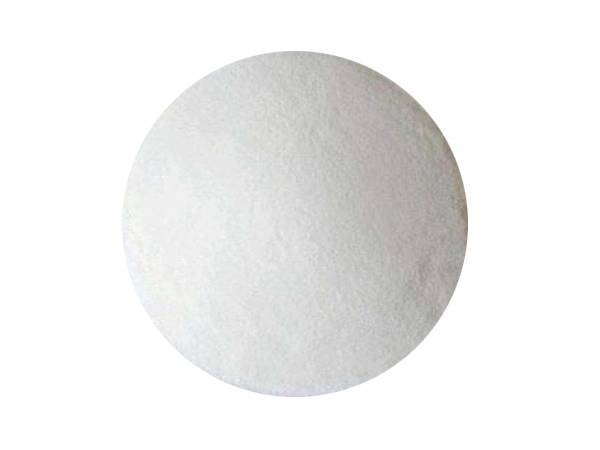



Understanding the Molecular Weight of Potassium Nitrate for Chemical Applications and Analysis
Understanding the Molecular Weight of Potassium Nitrate
Potassium nitrate (KNO₃), commonly known as saltpeter, is a chemical compound that plays a significant role in various applications ranging from agriculture to food preservation and even in the production of pyrotechnics. In understanding potassium nitrate's properties and interactions, one crucial aspect is its molecular weight, which provides insights into its composition and behavior in different environments.
The molecular weight of a compound is calculated by summing the atomic weights of its constituent elements. For potassium nitrate, these elements are potassium (K), nitrogen (N), and oxygen (O). The atomic masses of these elements are approximately as follows potassium (K) has an atomic mass of 39.10 g/mol, nitrogen (N) has an atomic mass of 14.01 g/mol, and oxygen (O) has an atomic mass of 16.00 g/mol.
The chemical formula of potassium nitrate reveals that it contains one potassium atom, one nitrogen atom, and three oxygen atoms. To calculate the molecular weight of KNO₃, we perform the following calculation
- Potassium 1 × 39.10 g/mol = 39.10 g/mol - Nitrogen 1 × 14.01 g/mol = 14.01 g/mol - Oxygen 3 × 16.00 g/mol = 48.00 g/mol
Adding these contributions together provides the molecular weight of potassium nitrate
\[ 39.10 \, \text{g/mol (K)} + 14.01 \, \text{g/mol (N)} + 48.00 \, \text{g/mol (O)} = 101.11 \, \text{g/mol (KNO₃)} \]
molecular weight potassium nitrate

Thus, the molecular weight of potassium nitrate is 101.11 g/mol.
Understanding this molecular weight is essential for several reasons. In agricultural applications, potassium nitrate is often used as a fertilizer. Knowing its molecular weight allows farmers and agricultural scientists to accurately calculate the amount of the compound needed to achieve specific nutrient levels in the soil. This precision helps optimize crop yield while minimizing the potential for nutrient runoff, which can lead to environmental concerns.
In the food industry, potassium nitrate is used as a preservative and color fixative, especially in cured meats. The molecular weight aids in determining the appropriate concentrations needed to achieve desired preservation effects without compromising safety.
Moreover, in the chemical manufacturing sector, potassium nitrate is utilized in the production of explosives and fireworks. Understanding its molecular weight plays a vital role in formulating mixtures that ensure safety and efficacy during production and use.
In academia and research, the molecular weight of potassium nitrate can also provide important information regarding its reaction dynamics and thermodynamic properties. When studying the solubility of KNO₃ in various solvents or its behavior in different environmental conditions, knowing its precise molecular weight can lead to more accurate predictions and results.
In summary, potassium nitrate is more than just a simple compound; its molecular weight of 101.11 g/mol opens up a world of understanding in fields ranging from agriculture to food science and chemical engineering. With its diverse applications and significant role in everyday products, potassium nitrate continues to be a subject of interest for scientists, farmers, and manufacturers alike. Understanding its molecular characteristics not only enhances efficiency and effectiveness in its use but also promotes informed decision-making that can positively impact health, safety, and environmental sustainability.
-
Why Sodium Persulfate Is Everywhere NowNewsJul.07,2025
-
Why Polyacrylamide Is in High DemandNewsJul.07,2025
-
Understanding Paint Chemicals and Their ApplicationsNewsJul.07,2025
-
Smart Use Of Mining ChemicalsNewsJul.07,2025
-
Practical Uses of Potassium MonopersulfateNewsJul.07,2025
-
Agrochemicals In Real FarmingNewsJul.07,2025
-
Sodium Chlorite Hot UsesNewsJul.01,2025










